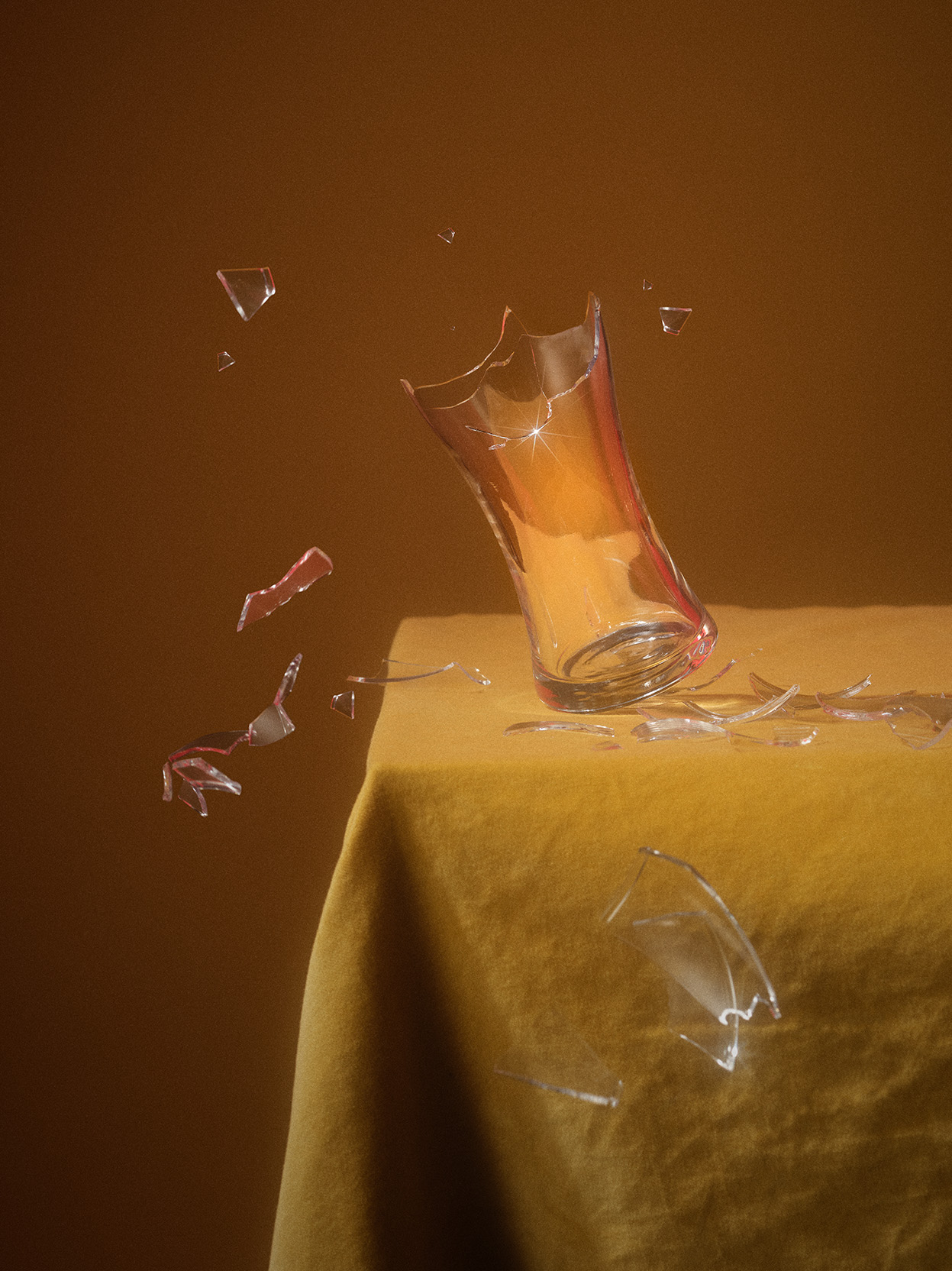Extra Dry
by John Lorinc
photography by Chris Robinson
Clinical psychologist Matthew Keough, a psychology professor in York’s Faculty of Health, has spent much of his career focused on the drinking habits of young adults, the cohort of the population most likely to go too far with alcohol.
From his research and clinical work, he knows that heavy drinking for 18- to 29-year-olds often comes with fellow travellers: emotional issues, excessive drug use, social anxiety.
Keough also reckons that one approach to reaching his patients – to meet them where they live – is to use smartphones and other digital technologies to head off the excessive consumption that can derail education or budding careers and lay waste to relationships.

When you have a substance-use disorder and you have an emotional disorder, what do you do?
“I’ve developed a lot of digital interventions for what we call ‘concurrent disorders,’” he explains. “When you have a substance-use disorder and you have an emotional disorder, what do you do? Well, you can treat these in integrated ways [with] the same intervention. Can we do it in hip ways for young people? We have app-based treatments. We have online treatments, and I’m doing lots of work now on how to tailor these digital interventions for smartphones.”
Keough cites another example, a “cool” smartwatch fitted out with a “transdermal alcohol sensor” that can detect when someone’s had a few drinks over a short span of time. It then signals the wearer that it’s time to slow down. “You can get in there before they’ve had a chance to drink heavily, so they can get warning messages and harm-reduction strategies.”

So when we’re talking about harm reduction or sobriety, we have these public health strategies that don’t always make their way to the individual
But the question – which is not new, but still lacks an all-encompassing answer – has to do with the end goal of such interventions, as well as other more traditional treatments: should the goal be moderation or full-on sobriety? And if the latter, is there a scientific case to be made for not just cutting out alcohol, but also the psychological and physiological benefits of sobriety?
Last year, the Canadian Centre on Substance Use and Addiction released a meta-study to support a new and controversial set of guidelines – two drinks a week or less to prevent alcohol-related health risks. More than two, the guidelines say, and individuals face heightened risk for various cancers, heart disease, stroke and alcohol-related injuries.
“The culture with respect to how we’re thinking about safe levels of use is changing,” Keough says. “A lot of people say, ‘Well, two is nothing.’ It’s a personal decision for them about what’s the safe level of use. So when we’re talking about harm reduction or sobriety, we have these public health strategies that don’t always make their way to the individual.”
Yet our culture is throwing out all kinds of mixed messages. “Dry January,” for example, has become increasingly popular over the past decade, and many people who abstain for a month report better sleep, less anxiety, weight loss and reduced blood pressure. The trend is most popular among younger people, although researchers in the U.K. have also cast doubt on the presumed benefits because post-holiday socializing tapers off anyway and then reverts in warmer weather.
What is clear, however, is that an alcohol-free brain looks and functions differently than the brain of someone who drinks heavily. “What actually happens to your brain when you’re using substances heavily and chronically is that certain regions of your brain become hijacked,” Keough says. MRI scans have shown that alcohol can disrupt dopamine response and impair memory. “When you achieve some level of abstinence, then some neuroplasticity kicks in and some of these regions [of the brain] start returning to their normal state.”

Sobriety had become a treatment goal as opposed to a social practice
“The brain does play a huge role,” adds psychologist Benedict Weobong, a mental health epidemiologist and professor at York’s School of Global Health. “Neuroscience has made us know that young people are naturally wired to take risks.”
While the brain science is compelling, it is only part of the story. Genetics and environment play their part, as do cultural norms and shifting theories about the impact of alcohol, as well as the virtues of sobriety. Social historian Craig Heron, a York professor emeritus who is the author of Booze: A Distilled History, points out that in Ontario and many parts of North America, 19th-century temperance movements, whose adherents regarded alcohol as a disruptive moral failing, successfully pushed for outright prohibition. Sobriety, he says, was the preoccupation of the striving Protestant middle classes, and favoured by neither working people nor the bourgeoisie.
Those views gave way after the Second World War to a medicalized disease model, as well as the grassroots efforts of Alcoholics Anonymous and its 12-step program. One promised a “cure,” while the other advocated abstinence, but without judgment for those who fell off the wagon. Sobriety had become a treatment goal as opposed to a social practice. Yet, as Heron notes, “the attempt in the 1950s to say categorically that alcoholism is a sickness fell apart because they couldn’t find characteristics that would be consistent across all alcoholics.”
The current thinking, which has matured over several decades, links substance use to mental health, social determinants and less rigid thinking about outcomes: sobriety if necessary, but not necessarily sobriety. Weobong says public health messaging plays a critical role on the prevention side. For those who’ve developed alcohol-use disorders, he points out that remission and recovery will take many forms besides going cold turkey, and can only succeed sustainably when individuals and their counsellors tackle the underlying issues, which range from childhood sexual abuse to living in a alcohol-saturated culture.
“The ultimate goal of therapy is going to be that I’d want you to actually go into a pub with your friends, and that you remain sober [while] your friends are drinking and you are not drinking. That is where the therapy is going to work towards, but it’s a gradual process. Then you’re able to build up, over time, the self-efficacy skills and resilience.” ■